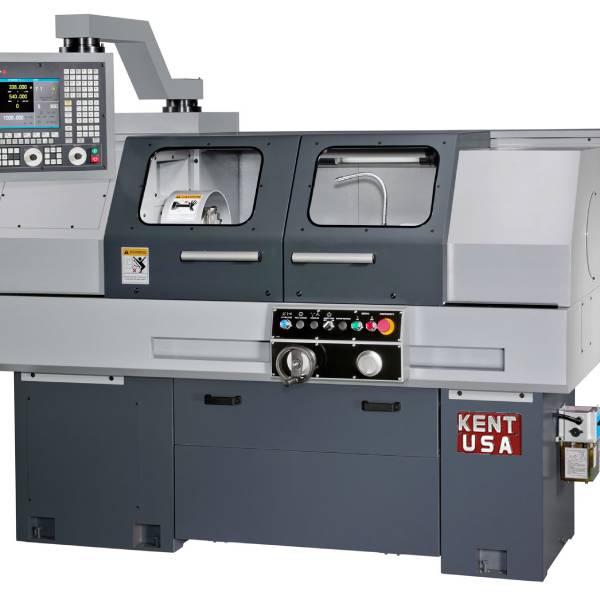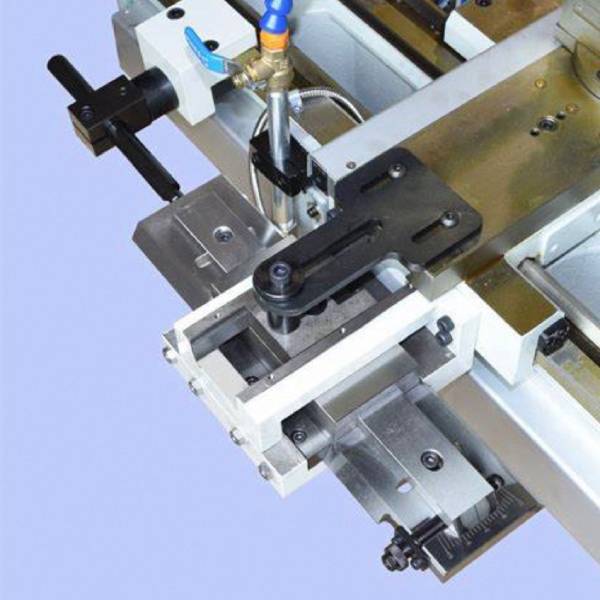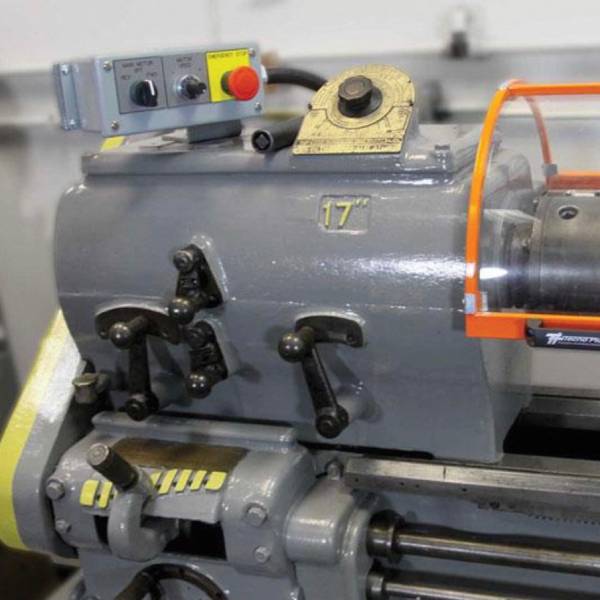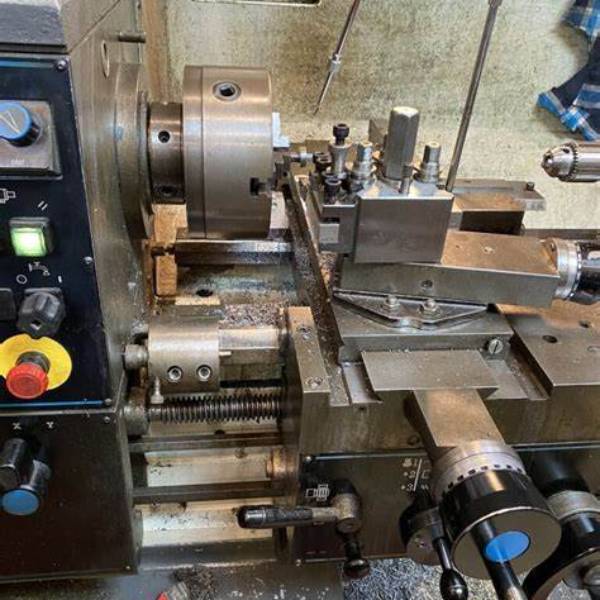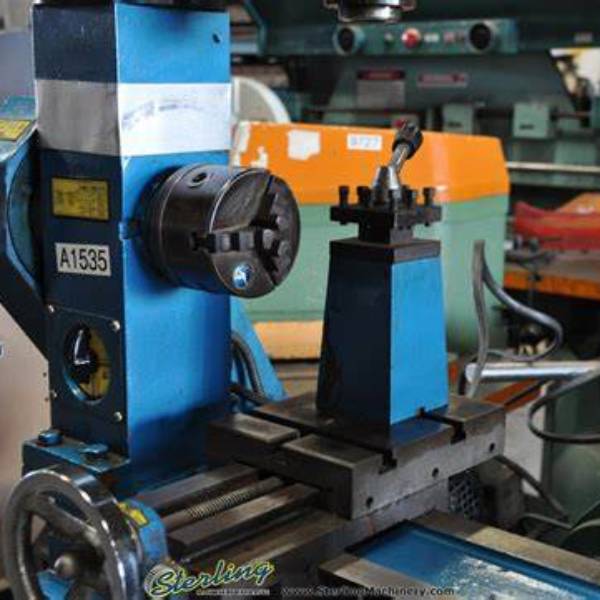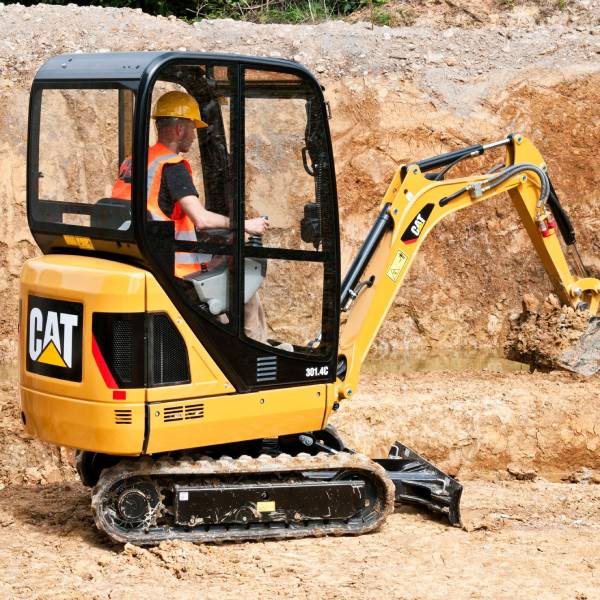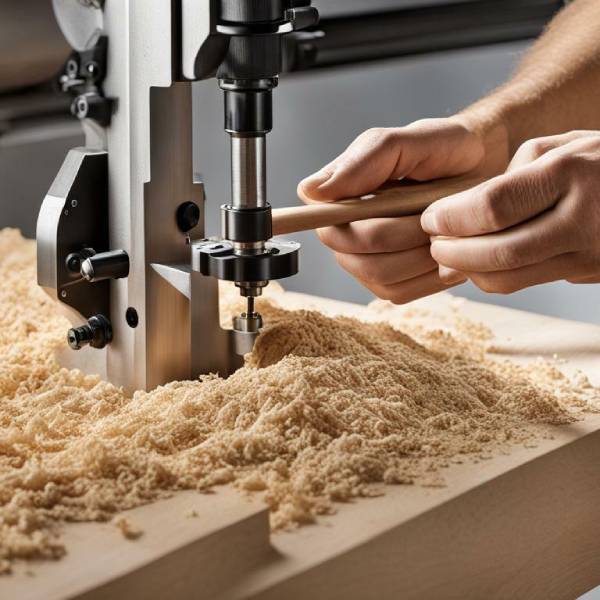CNC Lathe Programming: A Comprehensive Guide for Beginners
Understanding CNC Lathe Programming Basics
CNC lathe programming forms the foundation of modern machining. It involves providing precise instructions to a CNC lathe to create various components. Understanding these basics is essential for anyone venturing into machining. The use of Computer Numerical Control (CNC) machines revolutionizes production. It increases efficiency while reducing human error.
![]()
In CNC lathe programming, you work with G-code. G-code is a language that tells the machine how to move. Each command corresponds to specific actions such as moving in a straight line or rotating. A grasp of G-code is crucial for effective programming. It allows programmers to communicate their intentions to the machine in a clear manner.
Essential Components of CNC Lathe Programming
Several components play a vital role in CNC lathe programming. These include tools, workpieces, and the CNC machine itself. Each component must be understood for optimal operation.
The tools used in CNC lathe programming come in various shapes and sizes. They serve different functions, such as cutting, shaping, or drilling. Selecting the right tool for the job can enhance productivity and reduce waste. A wrong choice may lead to subpar results or increase production time.
Workpieces are the materials being processed. Common materials include metals, plastics, and composites. Understanding the properties of these materials is essential. Different materials require different cutting speeds and feeds. Proper selection directly impacts the efficiency of the machining process.
The Role of G-Code in CNC Lathe Programming
Understanding G-code
G-code serves as the foundation of CNC lathe programming. It is composed of a series of commands and instructions. Each command triggers specific movements or actions of the machine. This programming language is crucial for precise machine operation.
Crafting G-code Sequences
When programming, we write sequences of G-code aligned with project specifications. Commands like G00, G01, and G02 offer various movement options. G00 facilitates rapid positioning, swiftly moving the machine to a new location. G01, on the other hand, is for linear interpolation, allowing the machine to move in a straight line. Moreover, G02 is used for circular interpolation in a clockwise direction, creating smooth arcs. These commands are essential for achieving the desired output. By combining them, we can program complex shapes and designs. This process requires a deep understanding of G-code to ensure accuracy and efficiency.
Learning how to effectively use G-code is crucial for any CNC programmer. Specialized training or resources may be necessary to master this skill. Many online platforms offer tutorials and courses. These resources can expedite your learning process.
![]()
Techniques for Effective CNC Lathe Programming
Enhancing Productivity in CNC Lathe Programming
CNC lathe programming can be optimized with techniques that reduce errors and increase efficiency. These methods are essential for achieving high-quality results. By focusing on precision and thoroughness, we can streamline the production process.
The Importance of Double-Checking G-code
Before executing G-code, it’s imperative to review it meticulously. A minor oversight can result in significant machine failures. To avoid such mishaps, employ simulation software to test the program virtually. This practice guarantees that the program operates flawlessly. By doing so, we can identify and correct any issues before they cause damage. This approach not only saves time but also protects the machinery from potential harm. Furthermore, it ensures that the final product meets the desired specifications. By implementing these strategies, CNC lathe operators can enhance their productivity and produce top-notch components.
Secondly, practice modular programming. This approach involves breaking down complex programs into smaller, manageable pieces. By doing this, you make troubleshooting easier and faster. Additionally, modular programming allows for reusability in future projects.
Moreover, document your work. Keeping detailed records of your programs and settings is invaluable. It will help you track improvements and discover errors over time. Clear documentation makes it easier for your peers to understand and replicate your work.
![]()
Advancements in CNC Lathe Programming Technology
Advancements in CNC Lathe Programming
CNC lathe programming technology has undergone remarkable improvements. These enhancements have made the process more efficient and precise. Modern machines are now equipped with intuitive interfaces and sophisticated software, which simplifies the programming tasks. This evolution has significantly boosted the productivity of manufacturing industries. The advancements in CNC lathe programming technology have also positively impacted the mini lathe market, making it easier for hobbyists and small businesses to achieve high precision and efficiency in their machining tasks.
Integration of CAD/CAM Software
One of the key advancements is the support for CAD/CAM software integration in many CNC lathes. This integration greatly streamlines the programming process. Designers can effortlessly create 3D models using CAD software and then convert these models into G-code with CAM software. This seamless workflow minimizes the chances of errors that can occur during manual coding. By leveraging these integrated tools, programmers can save time and ensure that the final product meets the highest quality standards. This integration not only reduces the risk of errors but also enhances the overall accuracy of the manufacturing process.
Furthermore, advanced CNC machines offer enhanced features like automatic tool changers. These features streamline the machining process and reduce downtime. Consequently, manufacturers can produce components faster and at a higher quality. The introduction of advanced CNC machines, with their automatic tool changers, significantly mitigates the risk of lathe death by reducing downtime and enhancing efficiency, enabling manufacturers to deliver high-quality components more rapidly.
Common Challenges in CNC Lathe Programming
Benefits and Challenges of CNC Lathe Programming
CNC lathe programming offers a plethora of advantages, yet it presents challenges as well. Recognizing these obstacles is crucial for achieving success in this field. The technology allows for high precision and automation, but it requires a deep understanding of its intricacies. What is CNC lathe programming if not a valuable skill that combines high precision with automation, while also demanding a thorough understanding of its complexities to overcome inherent challenges?
Overcoming the G-code Learning Curve
A significant challenge in CNC lathe programming is mastering the G-code syntax. Newcomers frequently find the complexity of the language daunting. Misinterpreting a single command can alter the entire operation, leading to errors and inefficiencies. To overcome this hurdle, comprehensive training is essential. It provides clarity and helps operators understand the nuances of the language. With proper guidance, beginners can become proficient in G-code, ensuring that their programs run smoothly and accurately. This proficiency is key to unlocking the full potential of CNC lathe programming and achieving optimal results in manufacturing.
Another challenge involves selecting the correct parameters. Cutting speeds and feeds vary based on material and tool type. Miscalculating these can lead to tool wear or damage. Therefore, always refer to manufacturer guidelines and industry best practices.
Finally, adapting to new technologies poses a challenge. Programmers must stay current with the latest tools and techniques. Ongoing education is essential to maintain competitiveness in the field.
The Future of CNC Lathe Programming
The future of CNC lathe programming looks promising. Emerging technologies continuously reshape the manufacturing landscape. Innovations like artificial intelligence and machine learning will play a significant role.
These technologies offer the potential for smarter programming solutions. AI can analyze machining data and suggest optimal settings. This capability leads to increased efficiency and better product quality. Additionally, machine learning algorithms can refine programming techniques over time.
Moreover, the rise of Industry 4.0 emphasizes connectivity and automation. As CNC machines become more interconnected, program optimization will be more crucial than ever. Companies that embrace these changes will likely lead the market.
In conclusion, CNC lathe programming is an essential skill for modern manufacturing. Understanding its components, mastering G-code, and utilizing effective techniques can set you apart. As technology continues to evolve, staying informed will ensure your success in this dynamic field. Embrace the challenges and advancements, and you’ll thrive in CNC lathe programming.

